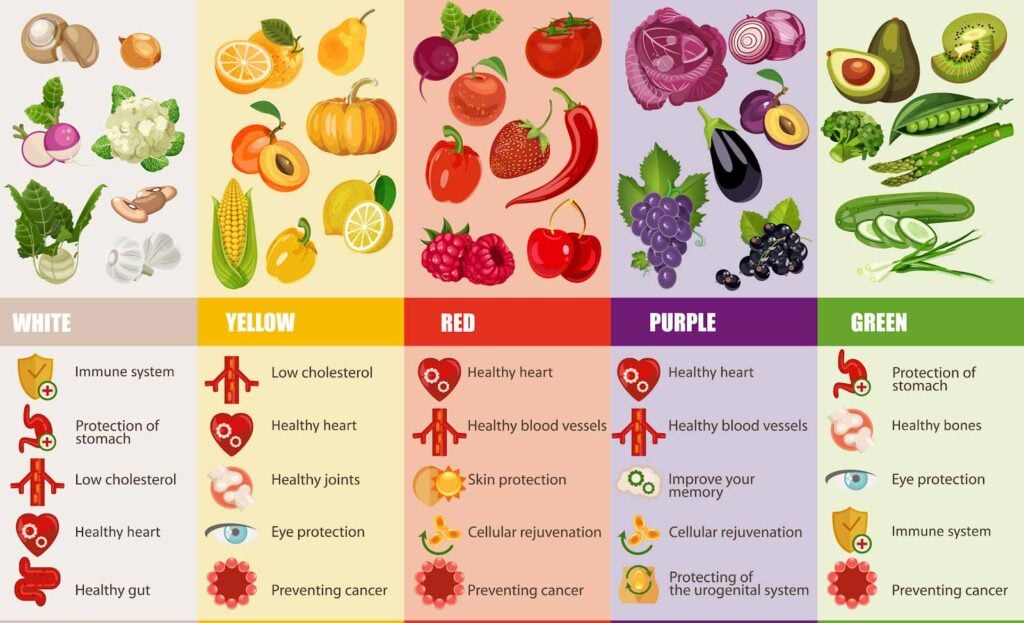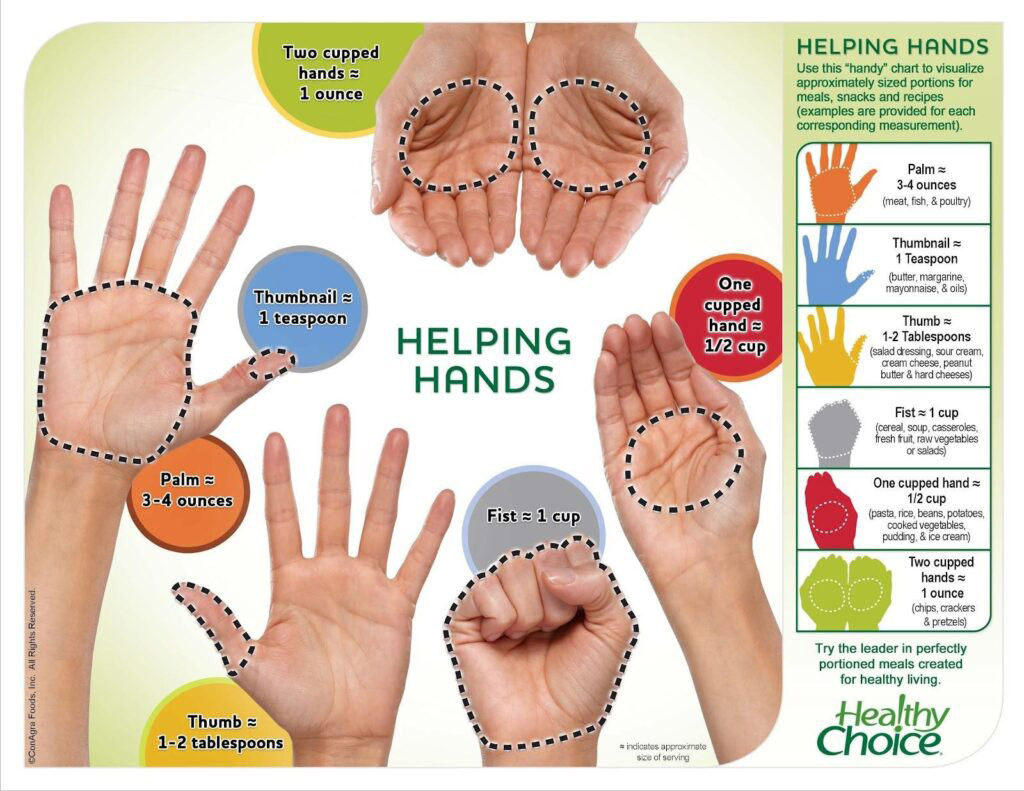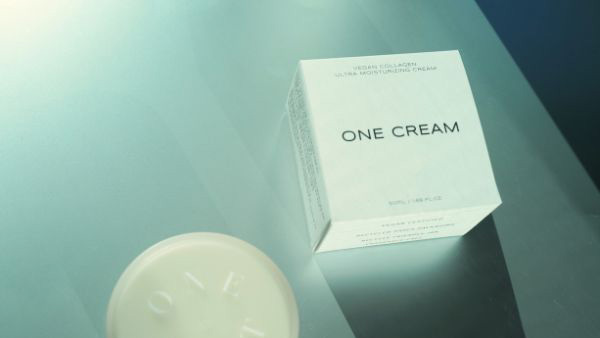More than a billion people worldwide suffer from high blood pressure, and the number is growing.
In reality, the number of people with high blood pressure has increased in the last 40 years- a major health problem, as high blood pressure is related to a higher risk of conditions such as heart disease, kidney failure, and stroke.
Since the diet is believed to play a significant role in the production of high blood pressure, scientists and politicians have devised complex dietary methods to help people lower their blood pressure and risk of heart disease.
What is DASH Diet?
Dietary Approaches to Stop Hypertension or DASH is a diet that is prescribed for people who want to minimize their risk of heart disease and avoid or treat hypertension (also known as high blood pressure).
Fruits, vegetables, whole grains, and lean meats are all part of the DASH diet.
The diet was developed after researchers discovered that people who consume a plant-based diet, like vegans or vegetarians have a lower blood pressure. (Also read our related article: Make the Vegetarian Vegan Transition)
As a result, the DASH diet prioritizes fruits, vegetables, and lean protein sources like chicken, fish and beans. Moreover, red meat, salt, added sugars and fat are limited in this diet.
One of the key reasons people with high blood pressure will benefit from this diet, according to scientists, is that it lowers salt intake.
DASH Diet Meal Plan
The DASH diet is simple to execute. However, it can necessitate some adjustments to your current eating habits. To get started, follow these steps:
- DO NOT attempt to make all of the improvements at once. It’s fine to make incremental changes to your eating habits.
- To add vegetables to your diet, consider getting a salad at lunch. Cucumber, cabbage, shredded carrots, or tomatoes may also be added to your sandwiches.
- On your plate, there should always be something green. You may use frozen vegetables as well but make sure that there’s no extra salt.
- For breakfast, add sliced fruit to your cereal or oatmeal.
- Instead of high-calorie desserts like cakes or pies, opt for fresh fruit or low-fat frozen yogurt.
- Munch on unsalted rice cakes, popcorn, fresh vegetables, or milk for a nutritious snack. Snacking on dried fruits, seeds, and nuts is also a good idea but remember to eat small amounts of these foods because they are high in calories.
- Consider meat as a side dish rather than the main course. Limit yourself to 6 ounces (170 grams) of lean meat per day. During the day, you can eat two 3-ounce (85-gram) portions.
- At least twice a week, try cooking without meat. Instead, get your protein from beans, nuts, tofu, or eggs.

Potential Health Benefits
DASH can affect other aspects of one’s well-being. The diet is as follows:
Reduces the Risk of Cancer:
According to a new study, people who followed the DASH diet had a lower risk of some cancers, such as colorectal and breast cancer.
Reduces the Risk of Metabolic Syndrome:
According to some reports, the DASH diet will lower the risk of metabolic syndrome by as much as 81 percent.
Reduces the Risk of Diabetes:
Lower risk of type 2 diabetes has been attributed to the diet. It has also been shown in several studies to help with insulin resistance.
Reduces the Risk of Heart Disease:
Following a DASH-like diet was linked to a 20% lower risk of heart disease and a 29% lower risk of stroke in one recent study of women.
How Does the DASH Diet Help You Lose Weight and Lower Your Blood Pressure?
The DASH diet is high in potassium, magnesium, calcium, and fiber, with low sodium (salt) and saturated fat content. Increasing the amount of these nutrients in your diet improves your body’s electrolyte balance, helping it to excrete an excess fluid that leads to lower blood pressure..
These nutrients also help to relax blood vessels, which also helps to reduce blood pressure. Since these nutrients are often lacking in overweight and obese individuals, the DASH diet may help to fix such deficiencies and improve their overall health.
Some people will lose weight on the DASH diet alone, but most will need to add exercise or reduce carbohydrates even more to see significant weight loss. The DASH diet improves insulin sensitivity, which is good news for people with diabetes, prediabetes, or insulin resistance.
The original research study’s DASH diet recommendations listed two levels of sodium reduction.
- DASH diet Level 1 restricted sodium intake to 2300mg per day, or around 1 teaspoon
- DASH diet Level 2 decreased sodium to 1500mg

DASH Diet 2000 kcal/d Break-down
The DASH eating plan outlined below is focused on a daily calorie intake of 2,000. Depending on your caloric needs, the number of daily servings in each food group can differ from those mentioned.
| Food Group | Daily Servings(except as noted) | Serving Size |
| Grains and grain products | 7–8 | 1 slice bread 1 cup ready-to-eat cereal* 1/2 cup cooked rice, pasta, or cereal |
| Vegetables | 4–5 | 1 cup raw leafy vegetable 1/2 cup cooked vegetable 6 ounces vegetable juice |
| Fruits | 4–5 | 1 medium fruit 1/4 cup dried fruit 1/2 cup fresh, frozen, or canned fruit 6 ounces fruit juice |
| Low-fat or fat-free dairy foods | 2–3 | 8 ounces milk 1 cup yogurt 1 1/2 ounces cheese |
| Lean meats, poultry, and fish | 2 or fewer | 3 ounces cooked lean meat, skinless poultry, or fish |
| Nuts, seeds, and dry beans | 4–5 per week | 1/3 cup or 1 1/2 ounces nuts 1 tablespoon or 1/2-ounce seeds 1/2 cup cooked dry beans |
| Fats and oils | 2–3 | 1 teaspoon soft margarine 1 tablespoon low-fat mayonnaise 2 tablespoons light salad dressing 1 teaspoon vegetable oil |
| Sweets | 5 per week | 1 tablespoon sugar 1 tablespoon jelly or jam 1/2-ounce jelly beans 8 ounces lemonade |
How Can Eatology Help You?
We have quality, tailored meal plans and deliver delicious, nutritious food to your door as a meal planner. Our expertly made meals are created by renowned chefs, reviewed by dietitians, and prepared daily. Eatology produces gourmet recipes with wholesome, nutrient-dense ingredients and delicious flavors to help you achieve your goal- whether it’s losing weight, increasing energy, or maintaining your wellbeing.
Talk to our in-house dieticians at Eatology for more questions.
References:
https://www.nhlbi.nih.gov/health-topics/dash-eating-plan
https://www.webmd.com/hypertension-high-blood-pressure/guide/dash-diet#1
https://www.choosemyplate.gov/protein-foods
Eat a healthy diet. (2017). Heart and Stroke. Retrieved 15 May 2017, from https://etools.heartandstroke.ca
Tyson, C., Nwankwo, C., Lin, P., & Svetkey, L. (2012). The Dietary Approaches to Stop Hypertension (DASH) Eating Pattern in Special Populations. Current Hypertension Reports, 14(5), 388-396. http://dx.doi.org/10.1007/s11906-012-0296-1


